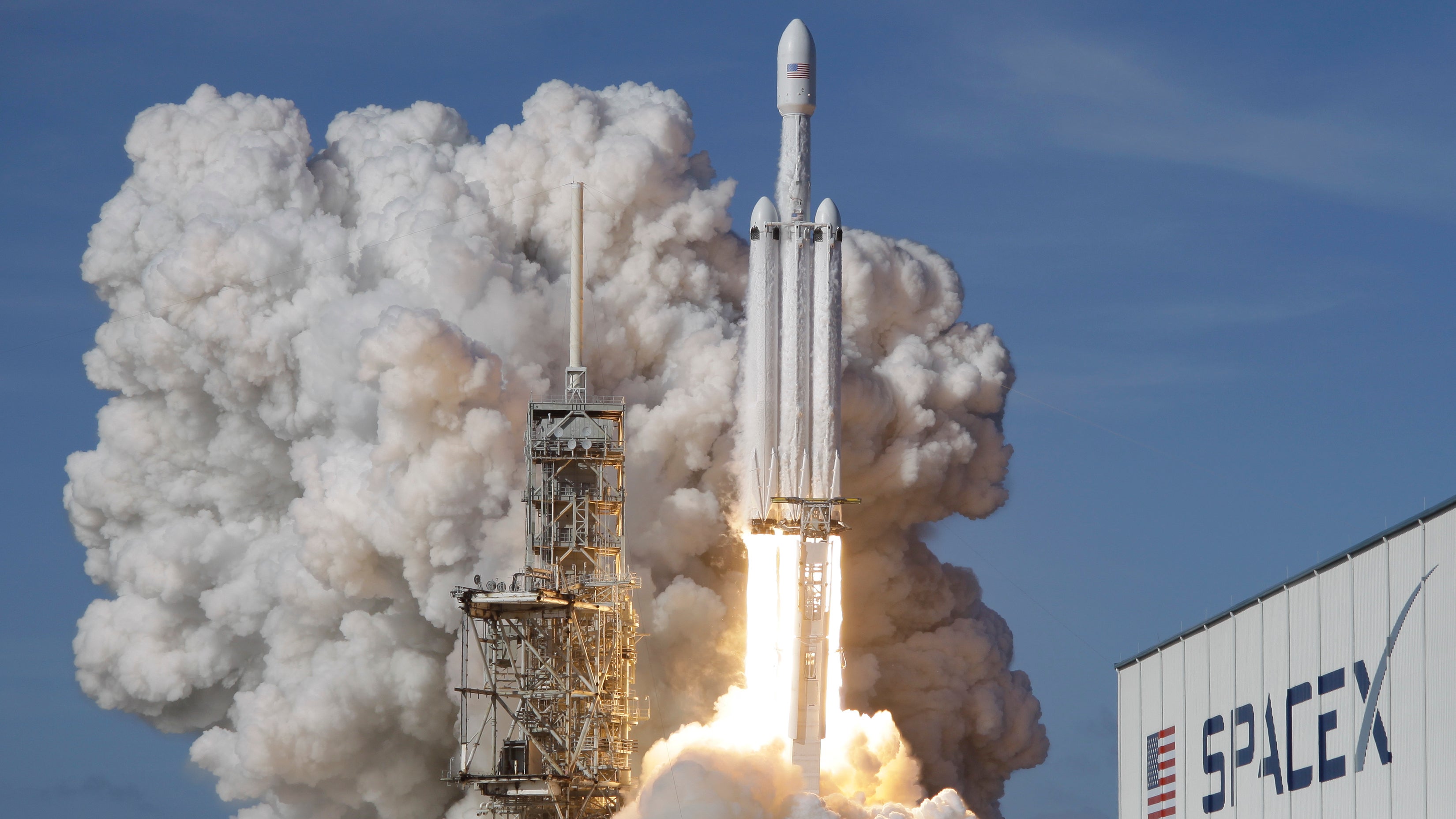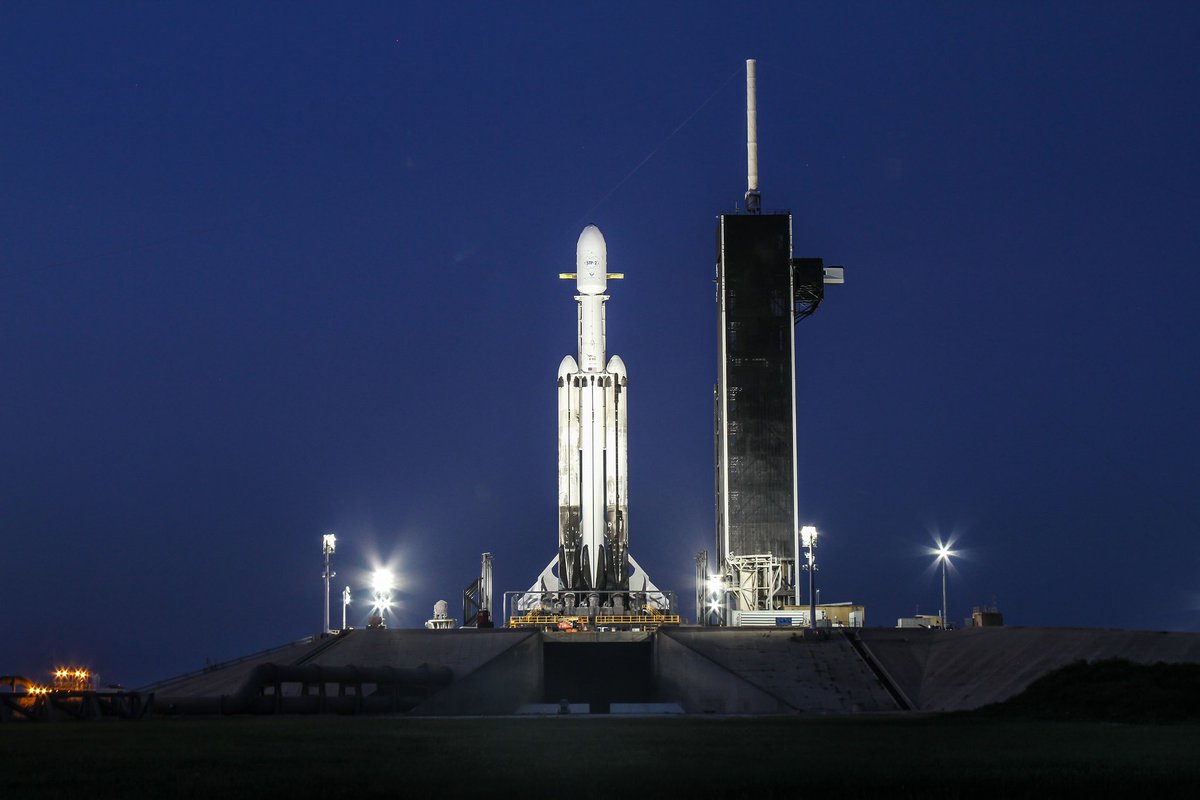


Q: What will the Tesla car look like after it comes back from a Mars-length orbit?Ī: It’s not coming back. Virgin Galactic, Blue Origin - these other companies who are launching suborbital spacecraft, and eventually, orbital spacecraft, they have a clear tourist component to what they’re trying to do. Other companies are in it for tourism, just not SpaceX. Q: So associating the phrase “space tourism” with SpaceX is incorrect?Ī: Yeah, they’re not in it for tourism. Building rockets and selling launch services is all something that they have to do to make money and to learn the technologies and to build new kinds of technologies to make humanity a multi-planet species. SpaceX was created with the sole vision of making humanity a multi-planet species. Q: Is the commercialization of space travel a good thing?Ī: That’s not what SpaceX is looking to do. So they’re competing in that market and now all of a sudden, if this thing works, it will be much more capability for a pretty reasonable price compared to a lot of the competition. They’re competing with companies like ULA and European, Japanese and Indian launch vehicles: these can all put satellites into Earth orbit. From the company’s perspective they will have much more capability than any of their competitors right now. But that’s not being designed to launch satellites or colonies to Mars. So that will be much more comparable to what the Saturn V could do. And NASA’s working on an even bigger rocket, eventually getting people back to the moon and out to Mars. Why is the scale so important?Ī: The Russians have a bigger rocket they’ve launched occasionally. Q: Falcon Heavy has 27 engines and many headlines are about the size of its payload. … And it can be used for all those kind of applications: launch satellites into space, those really big, heavy satellites or multiple satellites at a time into space or to send cargo, or eventually people, to places like the moon or Mars. It will be able to send much more payload up into lower earth orbit, or beyond lower Earth orbit - to the moon, to Mars. But it will be the most powerful rocket able to launch from the U.S. It’s not as powerful as NASA’s new astronaut rocket, the SLS, is going to be. It’s not as powerful as the Saturn V was. Question: What does a successful launch of Falcon Heavy mean for space exploration?Īnswer: It’s the most capable new large rocket that has been built in a long time.


The SpaceX launch is a big step for space travel and exploration, in a variety of ways.ĪSU Now caught up with Professor Jim Bell of Arizona State University's School of Earth and Space Exploration to talk about Falcon Heavy, commercializing space travel and just when exactly we’ll be able to weekend on the moon. In a bit of cheeky cross-branding, the payload on the rocket included SpaceX founder Elon Musk’s Tesla car. Arizona time on Tuesday, SpaceX successfully test launched its Falcon Heavy rocket from Kennedy Space Center in Florida, seven years after first announcing the project.įalcon Heavy has three Falcon 9 nine-engine cores, combining 27 Merlin engines to deliver nearly 64 metric tons (141,000 pounds) into orbit. Now, at 9.2 metric tons, Jupiter-3 may be the largest spacecraft of any kind to ever launch to geostationary orbit, as heavier launch vehicles typically break off into separate stages before that point, 22,236 miles (35,785 km) above Earth's surface.FebruWhen will we be able to weekend on the moon? ASU professor has some insightsĪt 1:45 p.m. SpaceX has 10 Falcon Heavy missions scheduled In July 2018, SpaceX reached a new milestone, breaking the record for the heaviest commercial geostationary satellite launch in history when it took the 7076-kilogram (15,600 lb) Telstar 19V to geostationary transfer orbit (GTO). At the time of the delay announcement, Maxar also announced that Jupiter-3, also known as Echostar 24, is expected to weigh roughly 9.2 metric tons (~20,300 lb) - more than earlier estimations that it would weigh 5,817 kg (~12,825 lb) at liftoff. Now, due to delays to numerous Maxar spacecraft, the satellite will launch no earlier than "early 2023," according to Teslarati. During that announcement, the company said the satellite would launch in the fourth quarter of 2022. In March, EchoStar announced its Hughes Network system had selected SpaceX to launch the Maxar-built Jupiter-3 geostationary communications satellite during an industry conference.


 0 kommentar(er)
0 kommentar(er)
